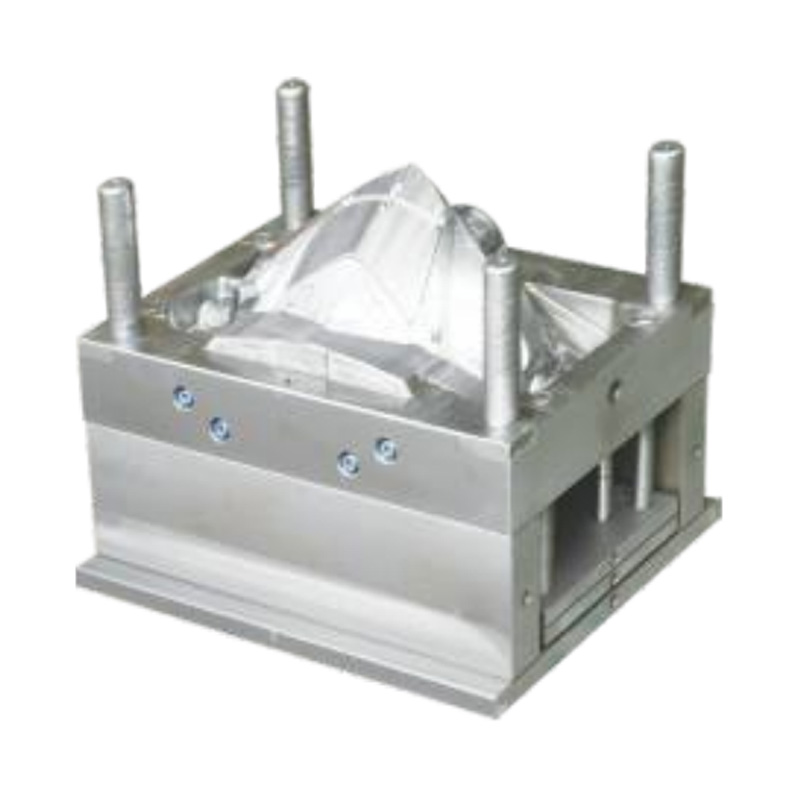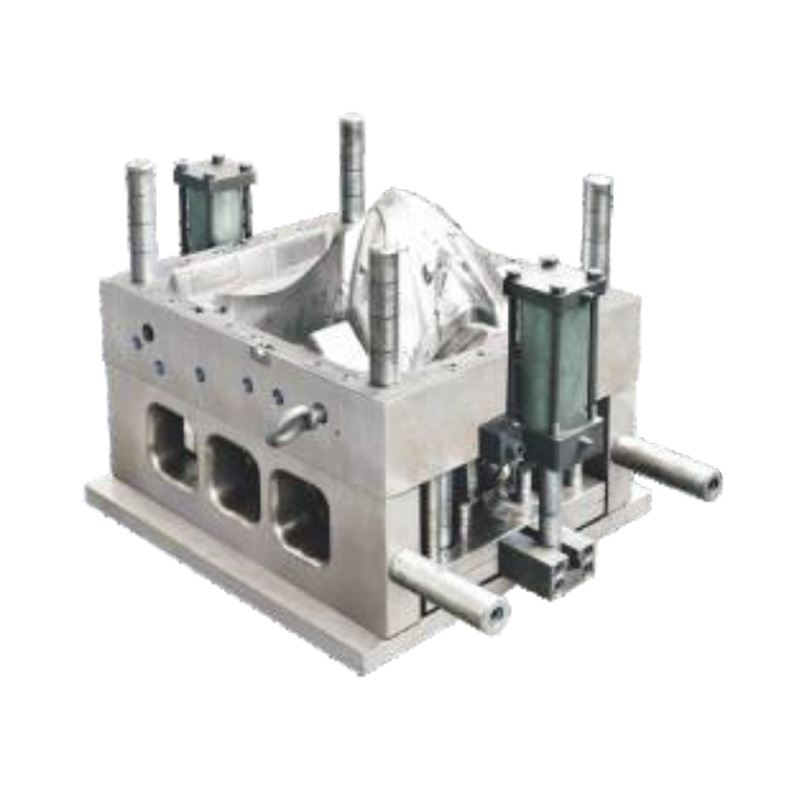Household Washing Machine Parts Injection Mold
The injection mold for household washing machine parts is an important...

Motorcycle moulds are not just manufacturing tools—they are the backbone of quality, consistency, and performance for every motorcycle on the road. For motorcycle parts manufacturers and motorcycle frame manufacturers alike, the precision of motorcycle moulds directly determines whether engine components run smoothly, body parts fit seamlessly, and frames withstand mechanical stress.
Below are key angles explaining how motorcycle moulds influence critical motorcycle systems.

Engine parts—such as cylinder heads, piston sleeves, and intake manifolds—rely on ultra-tight tolerances to avoid leaks, reduce friction, and optimize fuel efficiency. High-quality motorcycle moulds, crafted with CNC machining and advanced material science, deliver the exact dimensional accuracy these parts demand.Motorcycle parts manufacturers depend on these moulds to produce uniform engine components: a slight deviation in a mould's cavity could cause an engine to overheat or lose power. For motorcycle frame manufacturers, while frames focus more on structural integrity, the small engine-mounted brackets they produce also require motorcycle moulds to match engine part dimensions, ensuring a secure fit that prevents vibration-related damage. Without precise motorcycle moulds, even the most well-designed engine parts would fail to perform as intended.
Engine and body parts use diverse materials—from heat-resistant alloys for engine blocks to lightweight ABS plastic for fairings. Motorcycle moulds must be engineered to handle these materials' unique properties: for example, moulds for metal engine parts need high-temperature resistance, while those for plastic body parts require controlled cooling to avoid warping. Motorcycle parts manufacturers select motorcycle moulds based on material compatibility to extend part lifespan; a mould unsuited for a material may produce brittle engine gaskets or cracked body panels. Motorcycle frame manufacturers, who often work with steel or aluminum, use motorcycle moulds that can withstand high-pressure casting, ensuring frames retain their strength under heavy loads. This compatibility ensures parts perform reliably in harsh riding conditions.
Mass production of motorcycle parts demands uniformity, and motorcycle moulds are the key to achieving this. For motorcycle parts manufacturers, a well-calibrated motorcycle mould produces identical engine components (e.g., valves, spark plug housings) and body parts (e.g., side panels, fuel tank covers) batch after batch. This consistency eliminates the need for rework or scrapping defective parts, cutting costs and speeding up production. Motorcycle frame manufacturers, who produce frames in large volumes, rely on motorcycle moulds to maintain consistent wall thickness and joint alignment—critical for ensuring every frame meets safety standards. Without consistent motorcycle moulds, manufacturers would face unpredictable quality issues, delaying delivery and eroding customer trust.
Modern motorcycles require sleek body designs for aerodynamics and compact engine layouts for power-to-weight ratio—and motorcycle moulds enable this innovation. Motorcycle parts manufacturers use customizable motorcycle moulds to create complex engine parts, such as integrated oil channels or curved intake ports, which improve airflow and engine responsiveness. For body parts, motorcycle moulds can be tailored to produce aerodynamic fairings that reduce wind resistance, enhancing speed and fuel efficiency. Motorcycle frame manufacturers leverage motorcycle moulds to design lightweight, ergonomic frames: for example, moulds can create hollow frame sections that cut weight without sacrificing strength. This flexibility lets manufacturers push performance boundaries while keeping designs practical for production.

A motorcycle's appearance and part functionality are both influenced by the surface finish of its components—something controlled by motorcycle moulds. For body parts like windshields or fuel tanks, motorcycle moulds with polished cavities produce smooth, scratch-resistant surfaces that improve visual appeal and protect against wear. For engine parts, such as camshaft covers, motorcycle moulds can create textured surfaces that improve heat dissipation. Motorcycle parts manufacturers prioritize this finish to meet consumer demands for both style and performance, while motorcycle frame manufacturers use motorcycle molds to ensure frame surfaces are free of burrs or imperfections that could weaken the structure. A high-quality finish from motorcycle molds also reduces the need for post-production polishing, saving time for manufacturers.